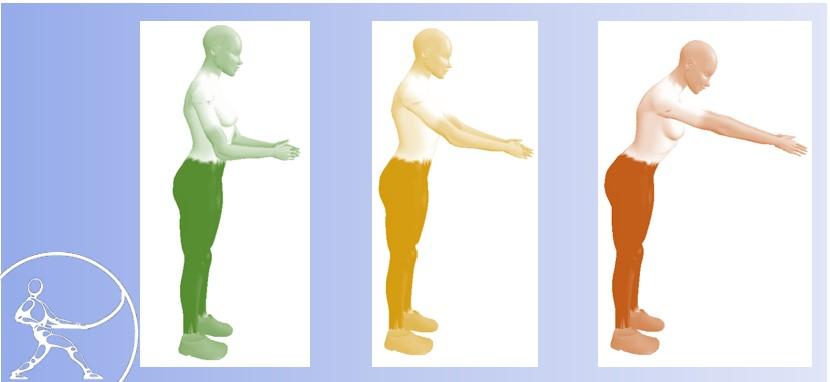There once was an ergonomist, who lived on a hill
I vacationed last week at a cottage which, like many lakeside island properties, was elevated from the lake. We’ve spent quite a lot of leisure time at this property, and so we’ve come to appreciate the view that the elevation provides. We also try to appreciate the exercise that is associated with hauling groceries, water, […]








